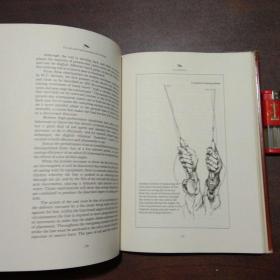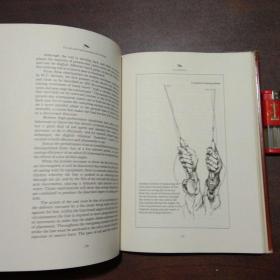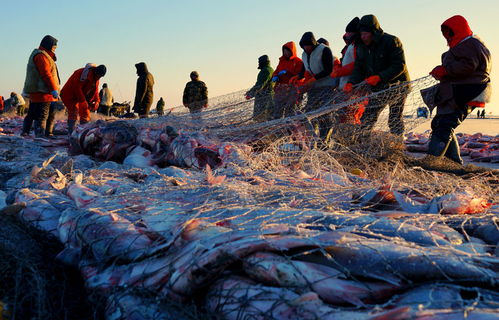Are you an aspiring angler looking to perfect your fly fishing skills? Do you find yourself struggling with the intricacies of binding your fishing rod? Look no further! This article is your ultimate resource for mastering the art of fly fishing, complete with expert advice on how to bind your fishing rod effectively, along with valuable video tutorials to guide you through the process.
Understanding the Basics of Fly Fishing
Before diving into the technicalities of binding your fishing rod, it's essential to have a solid understanding of the basics of fly fishing. Fly fishing is a unique and rewarding form of angling that requires precision, patience, and a deep connection with nature. The key to success lies in the delicate presentation of artificial flies to fish that are often highly selective.
The Importance of a Properly Bound Fishing Rod
A well-bound fishing rod is the foundation of a successful fly fishing experience. It ensures that your rod is not only durable but also ready to cast and retrieve your flies with ease. The binding process involves securing the various components of the rod, such as the tip, guides, and ferrules, to maintain structural integrity and alignment.
Step-by-Step Guide to Binding Your Fishing Rod
Here's a detailed step-by-step guide to help you bind your fishing rod like a pro:
Gather Your Materials: Before you begin, ensure you have all the necessary materials at hand. These include the fishing rod, a rod-repair kit, and a pair of sharp scissors.
Clean the Rod: Start by cleaning the rod with a soft cloth to remove any dirt or debris that might interfere with the binding process.
Identify the Ferrules: Ferrules are the components that connect different sections of the rod. They are usually made of metal or composite materials and come in various sizes.

Apply Epoxy: Apply a small amount of epoxy to the ferrule and the corresponding section of the rod. Be sure to apply it evenly to prevent any gaps or unevenness.
Insert the Ferrule: Carefully insert the ferrule into the rod section, ensuring that it is aligned correctly. The ferrule should fit snugly but not too tightly, as this can damage the rod.
Secure the Ferrule: Once the ferrule is in place, use the rod-repair kit to secure it. The kit typically includes a clamp and a rubber band or similar securing device. Clamp the ferrule and rod section together, and let the epoxy cure according to the manufacturer's instructions.
Check the Alignment: After the epoxy has cured, check the alignment of the rod. The guides should be parallel to the rod, and the tip should be straight and true.
Final Touches: Once the binding process is complete, inspect the rod for any imperfections. Clean any excess epoxy with a damp cloth, and ensure that the rod is free of any sharp edges.
Video Tutorials for Visual Learning
For those who prefer a visual approach, there are numerous video tutorials available online that can guide you through the binding process. These videos often feature professional fly fishing instructors who demonstrate the steps in detail, making it easier for beginners to follow along.
Conclusion
Binding your fishing rod is a crucial skill for any fly fishing enthusiast. By following the steps outlined in this guide and utilizing the wealth of video tutorials available, you'll be well on your way to mastering the art of fly fishing. Remember, practice makes perfect, so don't be afraid to experiment and refine your technique. Happy fishing!












